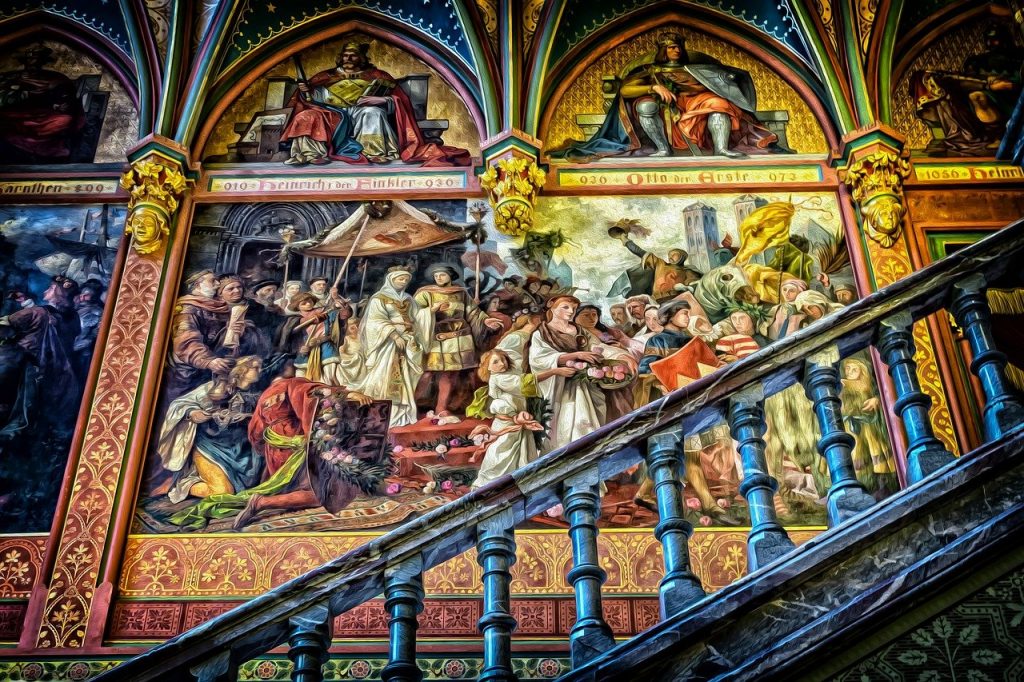Harmonic Paint

Ultimate Equipment Guide II
Author Greg Lynch, J. C. Alvarez
Publisher Mongoose Publishing
Publish date 2005
Developed three centuries ago by a noted bard, alchemist and artist by the name of Roland Demeir, harmonic paint is an odd, but occasionally very useful, tool. In its natural state, harmonic paint is a thin liquid that seems to swirl with a dozen different colours. When applied to a surface, however, it quickly takes on the colour of whatever surface it is painted onto, from the cold grey of stone to the textured brown of tree bark. It can even be applied to a multi-coloured background, such as a painting or tapestry, and the harmonic paint will change colours to match all the tones and textures of whatever it is covering. Once applied, harmonic paint is exceptionally difficult to differentiate from the item it is painted on (Search skill check DC 30 to find). However, harmonic paint does react to sound – or, more specifically, to music. When a certain musical note is played within one foot of the paint, and is maintained for at least five seconds, the harmonic paint will activate. Once activated, the paint shifts colours again, until it is in direct contrast to the surface it is painted on. When the music fades, the harmonic paint begins to return to the original colour, a process that takes about a minute. Harmonic paint is commonly used as a way to leave messages, which are in plain sight but effectively invisible unless one knows where the message is located and which note to play in order to activate the paint. Minute variations in the alchemical formula determine which note the paint reacts to.
Harmonic Paint: 25 gp per oz.

 Buy me a coffee
Buy me a coffee